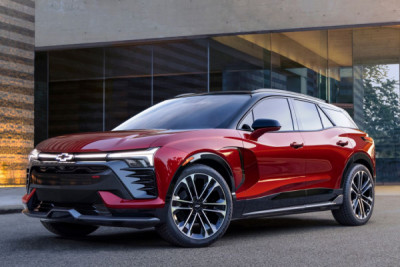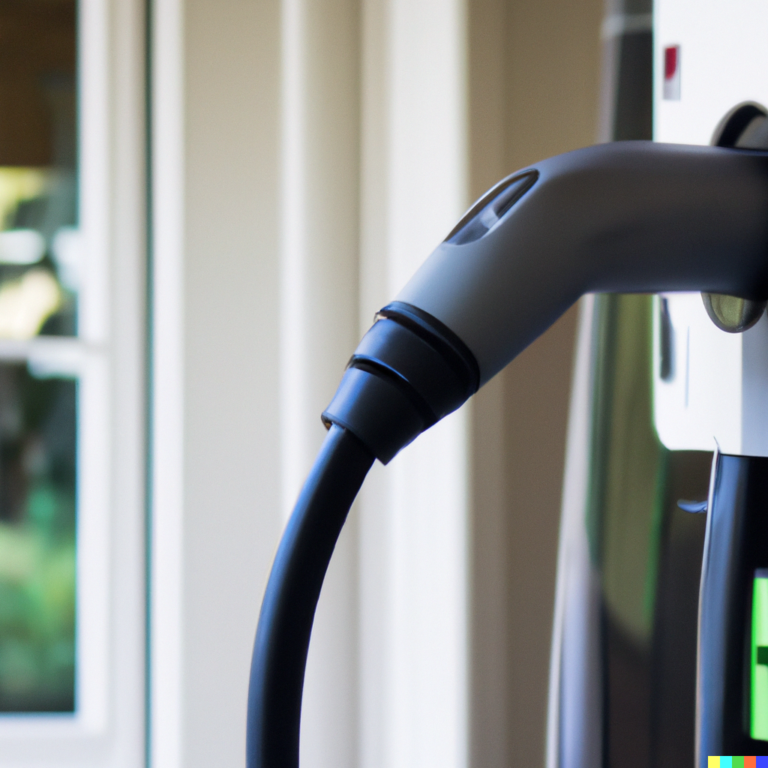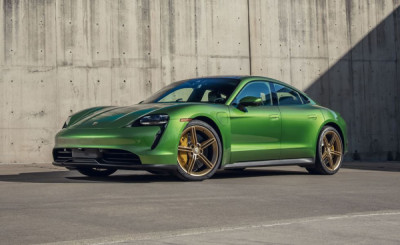
General Motors is placing a greater emphasis on investing in the development of new technologies and infrastructure to support electric vehicles. This shift in focus reflects GM’s belief that electric vehicles are the future of the automotive industry. GM is committed to leading the way in this transition, and it hopes that its investments will help make electric vehicles more affordable and accessible to consumers. Additionally, GM is committed to working with other automakers, suppliers, and stakeholders to accelerate the transition to electrification. Ultimately, GM believes that electrification is key to reducing emissions and improving vehicle performance – two essential goals for the future of transportation.
Currently, the automaker only produces and sells EVs one at a time. They believe it is worthwhile to sell and produce an entire line of EVs at the same time to promote sales. This change in strategy could help the automaker better compete against its rivals who have already established themselves in the EV market. GM believes that the upcoming “full portfolio” plan will play out much better than its efforts in the past. With a wider range of options, GM is hoping that customers will be more likely to find an electric vehicle that meets their needs.
GM has been an early adopter when it comes to EVs, selling the EV1 in the late 1990s. The company continued to offer more electric options with the Chevrolet Volt in 2010 and the Chevrolet Bolt EV in 2016. The EV1 was a unique and innovative car that unfortunately met a sad end. The program was canceled by the automaker due to its inability to make a profit off of it, and as a result, most of the cars were destroyed. The Volt and Bolt EV have seen decent sales numbers, but they are nothing like what GM was hoping for and so they are nothing for the company to be excited about.
In a recent statement, GM CEO Mary Barra announced that the company plans to invest a total of $27 billion in electric vehicles (EVs) and autonomous vehicles (AVs) by 2025. GM will need this investment to launch 30 electric vehicles in the same time period. More than two-thirds of these vehicles will be available in North America, allowing GM to compete with other automakers who have already entered the EV market. With this influx of new EVs, GM hopes to gain a larger share of the market and become a leader in electric vehicle production. This increased focus on EVs and AVs is part of GM’s larger strategy to create a “zero emissions future” and position itself as a leader in the rapidly evolving automotive industry. This was before the COVID-19 pandemic, which had a significant impact on GM’s plans for the future. The pandemic drove GM to further increase its commitment to battery electric and self-driving vehicles.
The automaker says that with this move, a majority of its capital spending and product development team will be devoted to electric and electric-autonomous vehicle programs. This shift will allow the company to focus on developing new technologies that will shape the future of the automotive industry. The future GM EV will encompass a wide range of EVs at various price points, making them applicable for a variety of lifestyles according to official press material. This means that there will be an EV suited for everyone, whether they are looking for a basic mode of transportation or something more luxurious. With so many options available, GM is sure to become a leader in the EV market.
The Ultium battery system has also some improvements that are being announced by GM. The improvements include a new cooling system, new cell chemistry, and a new charger. These improvements will lead to increased range and faster charging times for electric vehicles. Models of General Motors’ electric vehicles that are outfitted with Ultium batteries are estimated to be able to achieve a range of up to 450 miles thanks to unnamed engineering advances; this is an important point to consider. Not all GM electric vehicles have Ultium batteries, and thus may not be able to match this range. When choosing an electric vehicle, it is crucial to inquire about the type of battery it uses. This is because larger, long-range battery packs are required in order for the vehicle to travel such a distance on a single charge.
GM has said that they have expedited the development schedules for a total of 12 different vehicles. This is now the standard across all of their EV programs. Having a shorter development cycle will allow them to bring these vehicles to market much sooner. This is a big change for GM, as typically new vehicle development can take up to five years. But by cutting that time down, they hope to better compete with Tesla and other companies who are already selling EVs.
Today there are a number of GM electric vehicles on sale.
Future electric vehicles from GM.
The following future GM EV plans are rumored to be announced.
- Full-size pickup
- Compact crossover
- Midsize crossover
- “Low-roof entries” (believed to be sedans)
- Compact crossover
- Midsize crossover
- Hummer EV Pickup
- Hummer EV SUV
- Full-size pickup
- Lyriq
- Celestiq
- Full-size SUV (Escalade EV)
- Compact crossover (XT4 sized)
- Midsize crossover (XT6 sized)
- “Low roof entries” (believed to be sedans)
- Bright Drop EV600
- Bright Drop ERLV
- Bright Drop ERLM1
Cruise
- Origin



